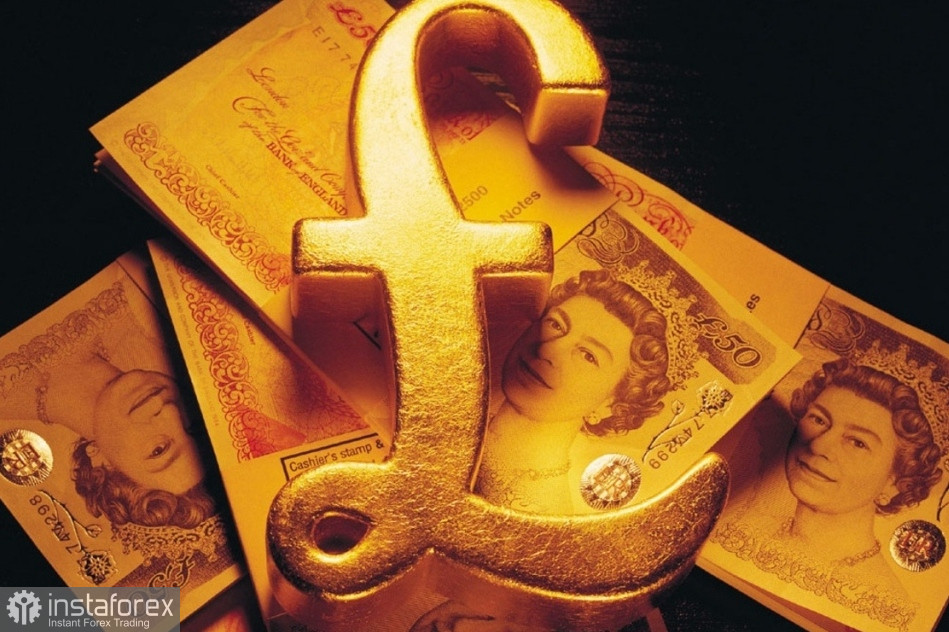Data showed that private sector companies in the UK experienced their first decline in seven months, pointing to the problem of high interest rates, which are also affecting households. According to an S&P Global report, the composite PMI fell from 50.8 points in July to 47.9 in August, marking its lowest in 31 months. A PMI reading below 50 points indicates an economic contraction. Such a decline came as a surprise to economists, who had only anticipated a modest slowdown.

These figures were released following a similar substantial decline in the eurozone. The eurozone PMI data revealed that a drop in private sector activity intensified as the service sector stopped being the main driver of the economy, lagging behind the industrial sector.
UK companies highlighted significant challenges due to the rapid increase in borrowing costs. The Bank of England made strong efforts to curb inflation, albeit with limited success. As a result of a sharp decrease in activity in both the services and manufacturing sectors, the UK's GDP might lose about 0.2% in the third quarter.
Since the services sector makes up to 70% of the economy, its drop below 50 is an alarming signal. The Bank of England's continued interest rate hike cycle could further damage economic activity, suggesting the economy might be heading towards a mild recession next year.
Indeed, the recent figures will strengthen arguments that the Bank of England should halt its aggressive monetary policy tightening. Currently, investors anticipate a peak in interest rates around 6%. In its latest forecasts, the Bank of England claimed it saw no signs of a decline in the third quarter. Instead, economists had expected growth of 0.4%. Given the recent activity data, it seems unlikely that these figures will come true. An economic downturn now appears more inevitable than before, especially as a more pronounced decrease in manufacturing is accompanied by a slowdown in the service sector.
Against this backdrop, UK government bonds fell: yields on the 10-year decreased by 13 basis points to 4.52%, marking their lowest in a week. The pound dropped by 0.4% but quickly recovered its losses.
Regarding today's technical picture for GBP/USD, the pound sterling continues trading within the channel. The pound sterling will rise only after bulls gain control over 1.2740 and 1.2770. Regaining this range will boost hopes for recovery to 1.2800, after which we can talk about a surge to around 1.2840. If the pair falls, bears will attempt to take control over 1.2700. If they succeed, a breakout of this range will hurt bulls' positions and push GBP/USD to a low of 1.2680, with the potential to drop further to 1.2640.
Meanwhile, the euro/dollar pair started trading sideways after the euro recouped its losses from yesterday. To regain control, buyers should keep the price above 1.0870. This would pave the way to 1.0910. From there, the price may climb to 1.0950. However, it would be quite difficult without support from major traders. If the pair drops, I expect significant actions from major buyers only around 1.0850. If they fail to be active, it would be wise to wait for a low of 1.0830 or consider long positions from 1.0770.
 English
English 
 Русский
Русский Bahasa Indonesia
Bahasa Indonesia Bahasa Malay
Bahasa Malay ไทย
ไทย Español
Español Deutsch
Deutsch Български
Български Français
Français Tiếng Việt
Tiếng Việt 中文
中文 বাংলা
বাংলা हिन्दी
हिन्दी Čeština
Čeština Українська
Українська Română
Română

